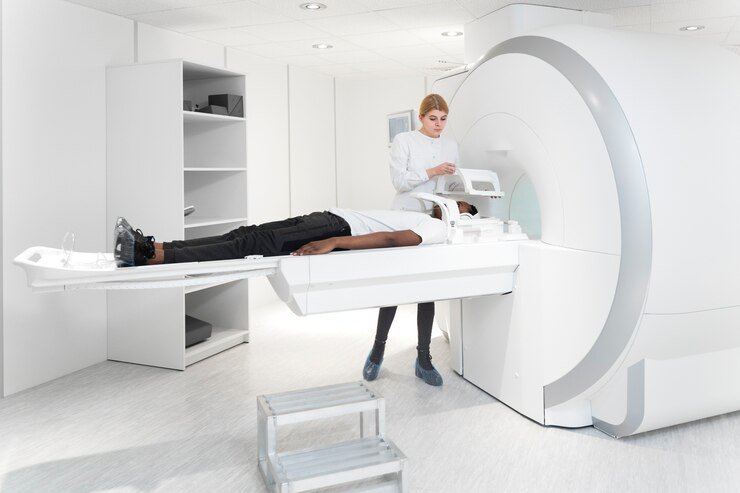Innovation: The Evolution of Radiation Therapy in Cancer Treatment.
In the battle against cancer, medical science continues to advance, offering new and innovative approaches to treatment. Among these, radiation therapy stands as a cornerstone in the fight against cancer, delivering targeted doses of radiation to destroy cancerous cells while minimizing damage to healthy tissue. In this article, we explore the evolution, techniques, and benefits of radiation therapy in cancer treatment, highlighting its pivotal role in improving patient outcomes and quality of life.
To Know More About It Please Click Here
Understanding Radiation Therapy:
Radiation therapy, also known as radiotherapy, utilizes high-energy radiation beams to kill cancer cells or prevent their growth and division. These beams can be delivered externally, from a machine outside the body, or internally, through the placement of radioactive sources directly into or near the tumor. Radiation therapy is often used alone or in combination with other treatments such as surgery, chemotherapy, or immunotherapy, depending on the type and stage of cancer.
Techniques in Radiation Therapy:
Over the years, radiation therapy techniques have evolved significantly, allowing for more precise targeting of tumors and reduced exposure to surrounding healthy tissues:
- External Beam Radiation Therapy (EBRT): EBRT is the most common form of radiation therapy, involving the delivery of radiation beams from a machine outside the body. Techniques such as intensity-modulated radiation therapy (IMRT), stereotactic body radiation therapy (SBRT), and image-guided radiation therapy (IGRT) enable highly precise delivery of radiation to the tumor while sparing nearby organs and tissues.
- Brachytherapy: Brachytherapy involves the placement of radioactive sources directly into or near the tumor site. This technique allows for the delivery of a high dose of radiation to the tumor while minimizing exposure to surrounding healthy tissue. Common types of brachytherapy include intracavitary, interstitial, and surface applicators, depending on the location and type of cancer being treated.
- Proton Therapy: Proton therapy is a type of radiation therapy that uses protons, rather than traditional photon beams, to deliver radiation to the tumor. Proton therapy offers the advantage of precise targeting of the tumor while minimizing radiation exposure to nearby healthy tissues, reducing the risk of side effects.
Benefits of Radiation Therapy:
Radiation therapy offers several benefits in the treatment of cancer:
- Tumor Control: Radiation therapy effectively kills cancer cells or slows their growth, helping to control the progression of the disease and reduce tumor size.
- Tissue Preservation: Modern radiation therapy techniques allow for precise targeting of tumors while minimizing damage to surrounding healthy tissues, preserving organ function, and reducing the risk of side effects.
- Combination Therapy: Radiation therapy can be used in combination with other cancer treatments, such as surgery or chemotherapy, to improve treatment outcomes and increase the likelihood of cure or remission.
- Pain Relief: Radiation therapy can provide effective pain relief for cancer patients by shrinking tumors that are causing pain or discomfort.
To Know More About It Please Click Here
Conclusion:
Radiation therapy continues to play a critical role in the treatment of cancer, offering targeted and effective therapy with fewer side effects than traditional treatments. As technology advances and treatment techniques evolve, radiation therapy continues to improve, providing hope and healing to cancer patients worldwide. By harnessing precision and innovation, radiation therapy stands as a powerful tool in the fight against cancer, offering new possibilities for improved outcomes and enhanced quality of life.








